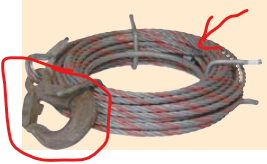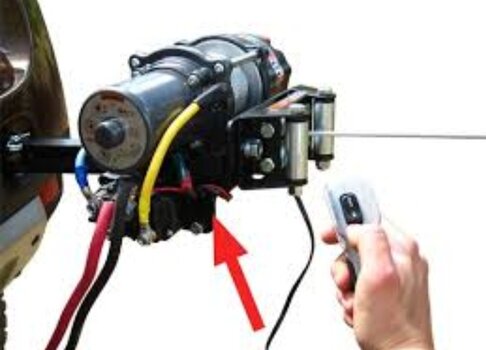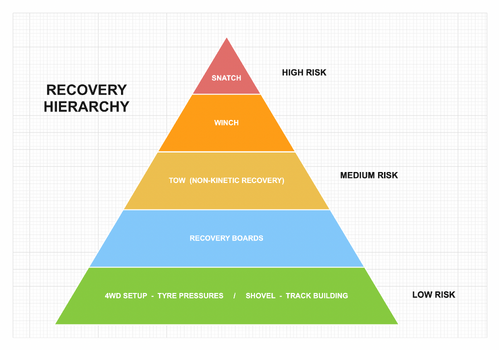Whether a winch is worth it or not depends on the type of driving a person does.
1) Highway/around town/never leaving marked, maintained roads (even dirt roads are marked and maintained in much of North America) - you'll never need it. Maybe, during recovery from emergency events like big storms, you'll use it to help others or tidy up a tree or something. Super rare and probably not worth it.
2) Weekends Off-Road/Technical Trail Running - These are known trails or routes that are run by 4x4s on a regular basis. They often have difficulty ratings, maps, and named obstacles. Some are even in pay-to-access parks, though many (like those in MOAB) are open to the public. In these environments, a winch is certainly handy, but you've got other options, like a hi-lift, a come-along, another truck in the convoy, or the device others have posted to get through the tricky bits, which are only as frequent as the difficulty of trail you chose. You also have the option of knowing if a trail is likely to require winching or not, and simply choosing a bypass or a different trail that does not require winching. Basically, you have a lot of agency in your final situation, if this is the kind of 4x4 driving you like to do, so a winch becomes much more of a "nice to have" feature if it opens you up to more trails and experiences, but isn't necessarily required and other types of recovery equipment will do.
3) Overland travel - this means there is at least some degree of going to unknown routes, typically quite remote, where other travelers are not common. In this situation, your ability to make forward progress can be non-existent without a winch; storms can wash out a road and that washout goes undiscovered for months. An early start to a rainy season can mean miles of mud tracks in every direction that you can barely drive on. And, the nature of the routes mean turning back might not be a viable option due to limited services/fuel. I don't consider a come-along or hi-lift to be a reasonable alternative in this situation, but that's mainly because of the relative efficiency of them; I've been in situations where we've needed to get winch assistance over a distance of several kilometers of mud up a very steep mountain trail. This is possible to do with a manual winching option, but really unpleasant and a huge time sink, and comes with a high risk of injury; not only is it more sets/resets of your equipment, but it's also the need to do all that hard work that we may not be accustomed to -- we're all way more likely to give ourselves a heart attack with a manual winch than we are to dance with the devil via a wayward shackle or cable (and I say that because it is easy to mitigate against a wayward shackle. Heart Attacks will sneak up on us -- we're not as young as we used to be!).
So my thoughts for the OP -- if you are in category 1, forget it, not worth it. If you are in category 2, it's probably easier to get it from the factory and have those options than it is to add it later. If you are in Option 3, I think it would be an error not to spec the winch.
All that being said, whatever recovery equipment you go for, spend some time with experts to really know how it all works -- winches, hi lifts, exhaust jacks, and more all have risks if used improperly, and improper use is super common socially. A well known YouTube tow-truck driver regularly uses his ball for recovery; he has a reason why he thinks thats OK from what I've seen. Even on the Grand Tour's latest special, there's a scene with a dicey recovery on a tow ball rather than a rated recovery point. So -- recovery gear is like a gun. It's reasonable to say "better to have it and not need it, than it is to need it and not have it" and I agree with that. But without proper knowledge, care in it's use, and effective storage, this stuff becomes more dangerous for you and those around you than it is helpful.









